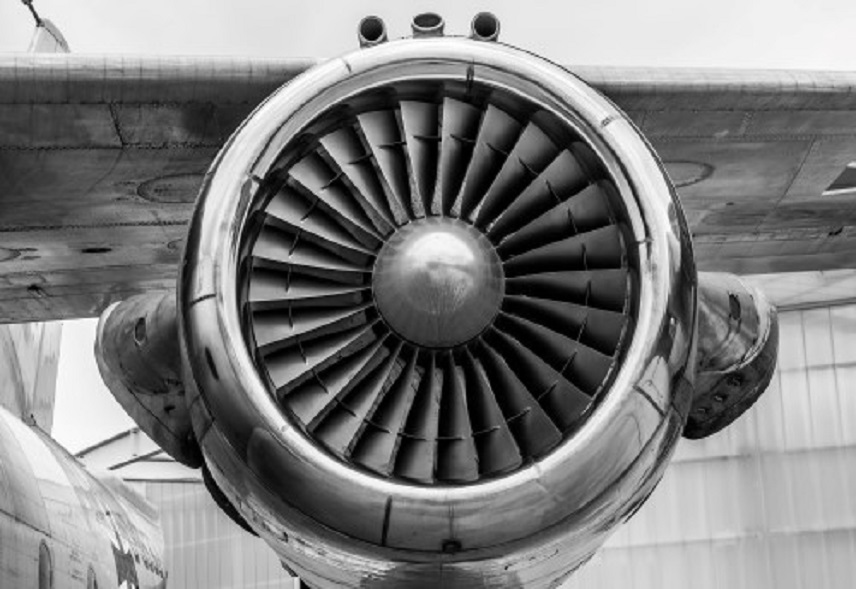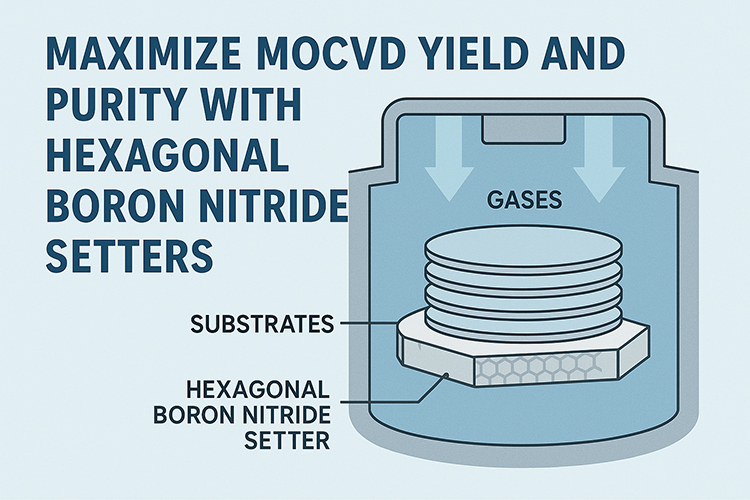Advanced Ceramics in Aerospace: Soaring to New Heights

Introduction
The aerospace industry is a realm of relentless pursuit of lightweight, durable, and high-performance materials. It's an industry where innovation is not just encouraged; it's a necessity. In this quest, advanced ceramics have emerged and propelled aerospace technology to unprecedented heights. This article delves deeper into the pivotal role of advanced ceramic materials in the aerospace sector and how they are reshaping the future of flight.
Figure 1. Advanced Ceramic Materials
Ceramics: Not Just for Pottery
When we think of ceramics, images of delicate porcelain and pottery often come to mind. However, advanced ceramic materials are a world apart. They are engineered to withstand extreme conditions and are far from fragile. Advanced ceramics bring unique properties to the table, including:
1. Exceptional Heat Resistance:
One defining feature of advanced ceramics is their exceptional heat resistance. They can withstand temperatures that would leave most metals in a molten puddle, which attribute is invaluable in the aerospace sector, where components such as engine parts and thermal shields face searing temperatures during flight.
2. Lightweight Strength:
Aerospace engineers have an eternal struggle with weight. Heavier aircraft require more fuel, which impacts efficiency and cost. Advanced ceramic materials offer a solution by providing remarkable strength-to-weight ratios. They are significantly lighter than traditional materials while maintaining structural integrity.
3. Resistance to Wear and Corrosion:
The extreme conditions in aerospace necessitate materials that can stand wear and tear. Advanced ceramic materials excel in this regard, offering resistance to both mechanical wear and corrosion. This extends the lifespan of components and reduces maintenance requirements.
4. Exceptional Electrical Properties:
These ceramics are excellent insulators and can withstand high voltages and electrical stress. Consequently, they are suitable for use in electrical and electronic systems on aircraft, contributing to improved safety and performance.
Related reading: An Overview of Advanced Ceramic Materials
Applications in Aerospace
The influence of advanced ceramics in aerospace is far-reaching:
1. Jet Engines: Components like turbine blades and nozzles benefit from the heat resistance and high-temperature stability of ceramics, leading to more efficient and powerful jet engines.
2. Spacecraft: Ceramics are used in heat shields that protect spacecraft during reentry, and they play a critical role in spacecraft insulation and electronic components.
3. Satellite Communication: Ceramics enable high-frequency communication in satellites by providing stability and performance in the vacuum of space.
4. Aircraft Sensors: Advanced ceramic sensors are used for critical measurements in aviation, ensuring safety and accuracy in flight.
5. Rocket Engines: Ceramics are found in rocket nozzles and combustion chambers, where they endure the extreme temperatures of space travel.
Related reading: What are the Ceramic Materials used in Aviation?
Challenges and Future Prospects
While advanced ceramic materials offer exceptional properties vital for aerospace, challenges include high production costs and the need for precise manufacturing. Ongoing research aims to mitigate these obstacles, expanding the use of ceramics in aerospace applications, and promising enhanced performance and reliability in the industry.
Conclusion
In a word, advanced ceramic materials have revolutionized aerospace technology. Their unique combination of heat resistance, lightweight strength, and resistance to wear and corrosion has made them indispensable in the quest for safer, more efficient, and high-performance aircraft. As innovation in materials science continues, advanced ceramics will undoubtedly play a pivotal role in shaping the future of aerospace, propelling us to new heights in-flight technology.
Thank you for reading. We hope this article provides you with a better understanding of advanced ceramic materials. For more information, please visit our homepage.
{{item.content}}
LEVE A REPLY
{{item.children[0].content}}
{{item.content}}
LEAVE A REPLY
SUBSCRIBE OUR NEWSLETTER
- Boron Nitride in Cosmetics: Enhancing Performance and Sensory Appeal
- Maximize MOCVD Yield and Purity with Hexagonal Boron Nitride Setters
- What Are the Advantages and Uses of Boron Nitride Ceramic Sheet?
- The Compression Annealing Advantage for Pyrolytic Boron Nitride
- Beyond Insulation: The Surprising Spectrum of Ceramic Thermal Conductivity











